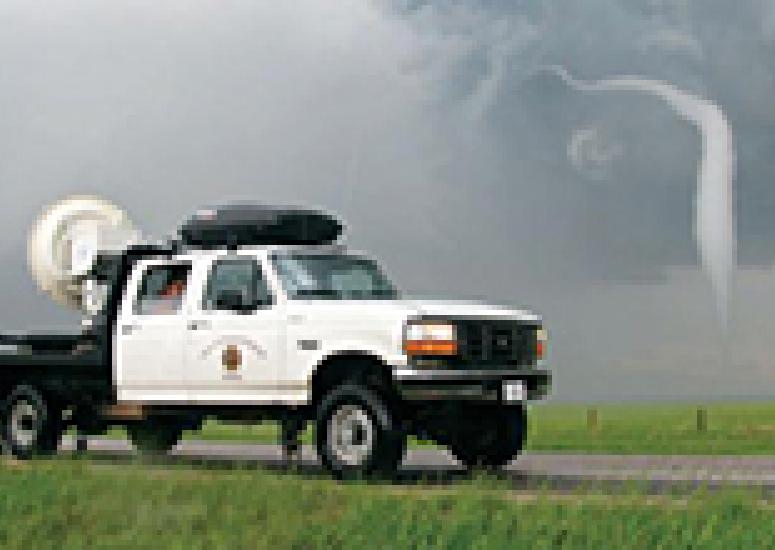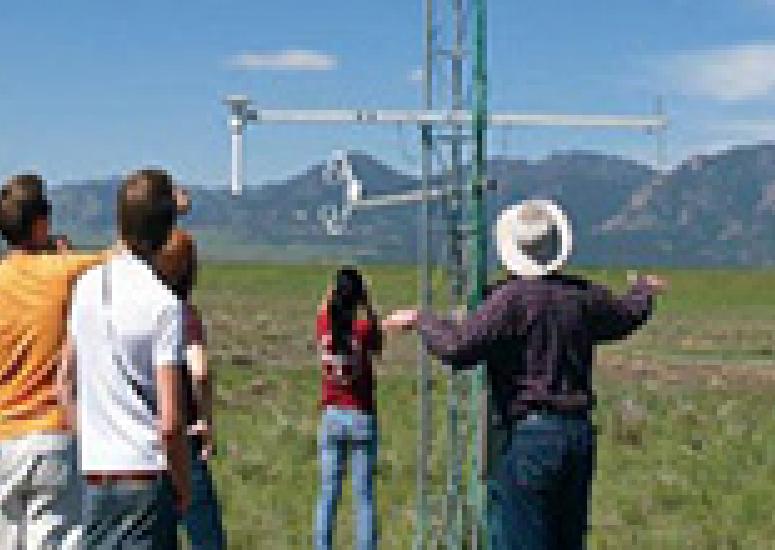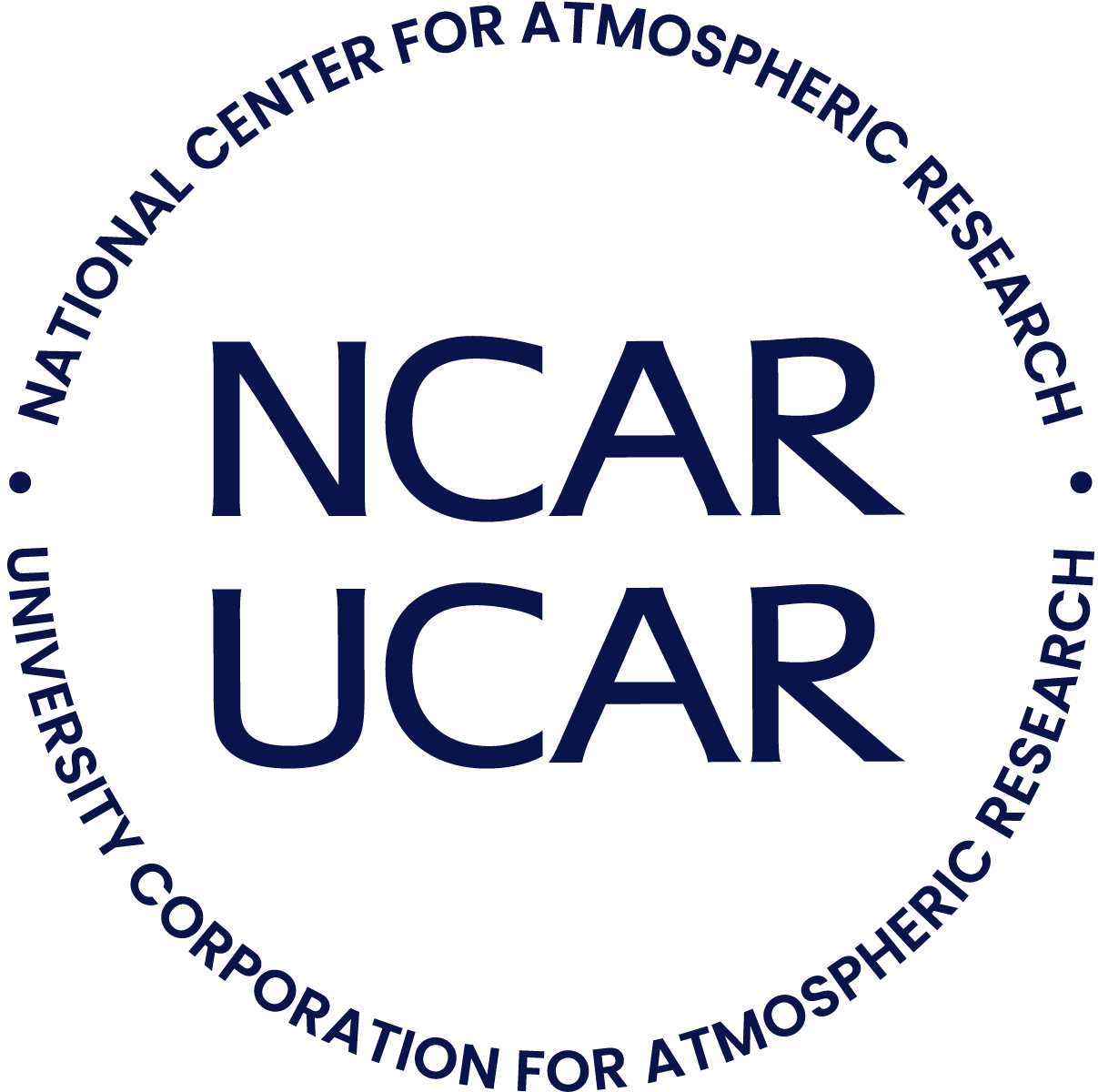-
Flash floods and human response
How do people and organizations respond to extreme weather events—in particular, flash floods? Flash floods are already on average the leading cause of weather-related fatalities in the United States and second most common worldwide.
- Weather
-
Drizzle never dampens her day
Dione Lee Rossiter, University of California, Santa Cruz • This Ph.D. student studies clouds, especially over the subtropical ocean—the area just north and south of the tropics. She's interested in their invisible physical changes, or microphysics, and a whole lot more.
- Weather
-

Rounding up severe weather
This spring the second Verification of the Origins of Rotation in Tornadoes Experiment (VORTEX2, or V2) captured one tornado in unprecedented detail, as well as a number of potentially tornadic thunderstorms that never made the grade.
- Weather
-

Today's assignment: plan a field project
Eleven days can go by in no time, but their brevity was accentuated for 27 graduate students at a summer colloquium on 1–12 June. The goal was to give students a taste of fieldwork by having them organize and conduct mini–field experiments and draw meaningful results from the data.
- Education + Outreach,
- Weather
-
Measuring clouds with digital holography
A team of NCAR researchers led by Jacob Fugal is developing and testing a specialized instrument that uses digital holography to measure tiny cloud droplets.
- Weather

